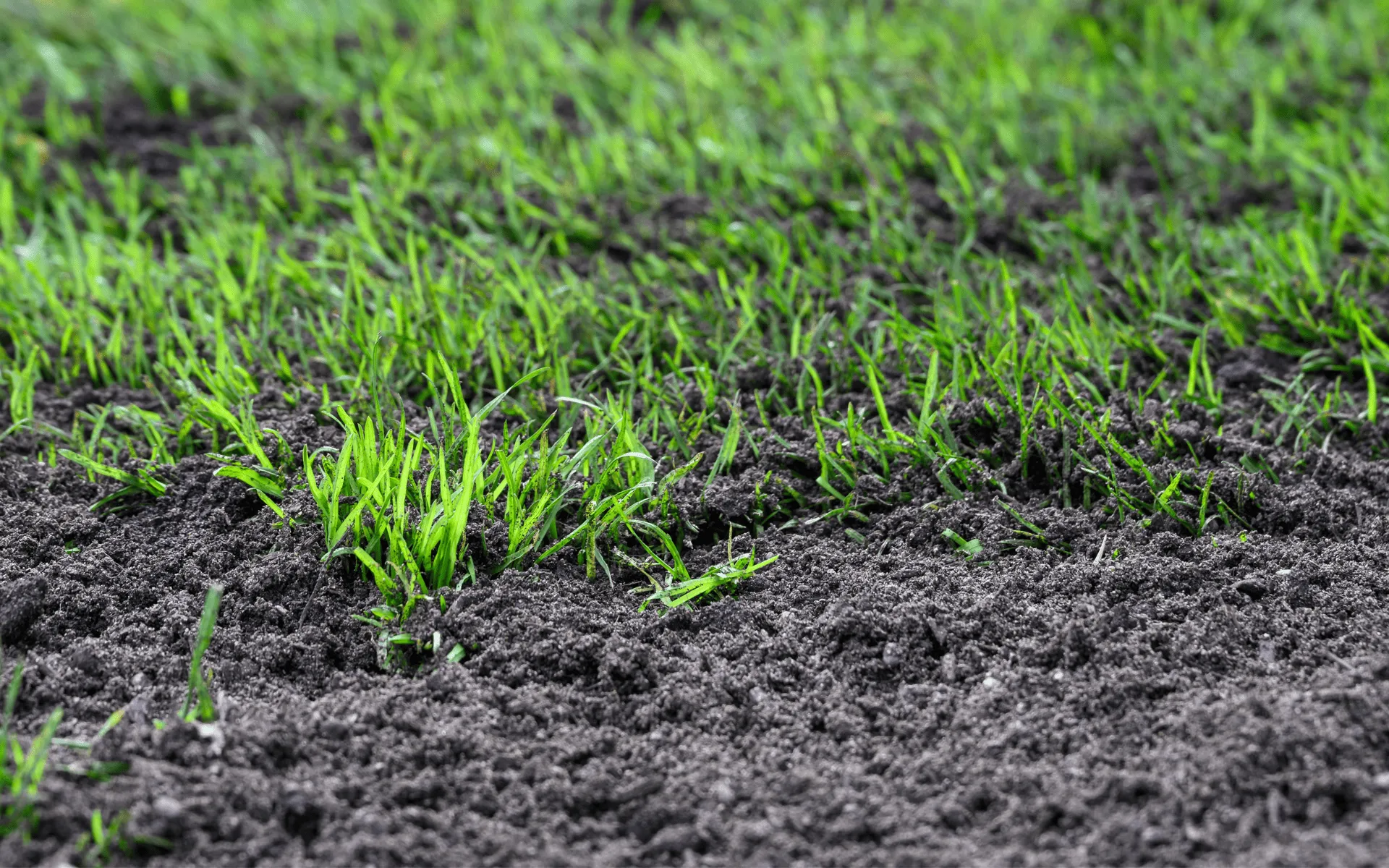Gardening is often associated with tranquility and pleasure, but not all plants are as benign as they seem. Some plants can pose significant risks to your garden, home environment, and even your personal health. Understanding these risks is crucial for maintaining a safe and thriving space. This article delves into plants that horticulturists warn can cause harm, outlining their potential impacts and offering guidance on how to manage or avoid them.
Plants That Harm Your Garden
Certain plants, while attractive, can be detrimental to your garden’s health and overall ecosystem. These plants can spread aggressively, outcompeting native species and disrupting the balance of your garden.
1. English Ivy (Hedera helix)
Impact: English Ivy is a popular ornamental plant known for its lush, evergreen foliage. However, it can be highly invasive, quickly overtaking garden beds and climbing structures. Its rapid growth can smother other plants, leading to reduced biodiversity and weakened garden health.
Management: Regular pruning and removal of English Ivy are necessary to prevent it from becoming invasive. Consider using alternative ground covers or climbers that are less aggressive.
2. Japanese Knotweed (Fallopia japonica)
Impact: Japanese Knotweed is notorious for its vigorous growth and ability to damage property. Its extensive root system can penetrate and undermine building foundations, walls, and drainage systems. This plant is also challenging to eradicate once established.
Management: If Japanese Knotweed is present, professional removal services may be required. Preventive measures include avoiding its introduction and promptly managing any sightings to prevent spread.
3. Bamboo (Various species)
Impact: Bamboo is a popular choice for creating privacy screens or decorative elements in gardens. However, its rapid spread through underground rhizomes can lead to bamboo invasions. This can crowd out other plants and become difficult to control, leading to potential garden maintenance issues.
Management: To control bamboo, install root barriers and regularly monitor and trim the plant to manage its spread. Opt for clumping varieties over running types to minimise invasiveness.
Plants That Damage Your Home
Some plants can pose direct risks to your home environment, potentially causing structural damage or creating hazards within the home.
1. Wisteria (Wisteria sinensis and Wisteria floribunda)
Impact: Wisteria is renowned for its beautiful, cascading blooms. However, its strong and fast-growing vines can damage structures, including trellises, walls, and gutters. The plant’s aggressive growth can lead to costly repairs and maintenance issues.
Management: Regular pruning and monitoring are essential to prevent Wisteria from causing damage. Ensure it is grown on a robust structure that can support its growth and periodically check for signs of damage.
2. Morning Glory (Ipomoea spp.)
Impact: Morning Glory vines are known for their vibrant flowers but can also cause significant damage to garden structures and home exteriors. Their rapid growth and tendrils can wrap around and strangle plants, fences, and even damage paintwork and wooden surfaces.
Management: Regular cutting back and controlling the growth of Morning Glory can mitigate its impact. Use physical barriers or grow it in containers to limit its spread.
Plants That Affect Your Wellbeing
Certain plants contain toxic compounds or allergens that can pose health risks to individuals, especially if not handled properly.
1. Poison Ivy (Toxicodendron radicans)
Impact: Poison Ivy is notorious for causing skin irritation and allergic reactions. Contact with the plant’s oils can lead to rashes, itching, and blisters. It’s a common plant in gardens, particularly in areas where it can spread unchecked.
Management: Avoid contact with Poison Ivy, and wear protective clothing when handling it. If exposure occurs, wash the affected area with soap and water as soon as possible. Consider removing the plant and replacing it with non-toxic alternatives.
2. Oleander (Nerium oleander)
Impact: Oleander is a popular ornamental shrub with beautiful flowers, but it is highly toxic if ingested. All parts of the plant, including leaves, flowers, and stems, contain cardiac glycosides that can cause severe poisoning.
Management: Keep Oleander out of reach of children and pets. If ingested, seek medical attention immediately. Consider replacing Oleander with non-toxic plants in areas frequented by children and pets.
3. Rhubarb (Rheum rhabarbarum)
Impact: While the stalks of Rhubarb are edible, the leaves contain oxalic acid and anthraquinone glycosides, which can be toxic if consumed. Ingesting large quantities of Rhubarb leaves can cause nausea, vomiting, and more severe symptoms.
Management: Remove and discard Rhubarb leaves promptly. Educate family members about the potential risks and ensure that the plant is grown in a controlled area where the leaves are not accessible.
Conclusion
Awareness of potentially harmful plants is essential for maintaining a safe and healthy garden, home, and personal well-being. By understanding the risks associated with certain plants and implementing appropriate management strategies, you can enjoy your garden while minimising potential damage and health hazards. Regular monitoring, informed choices, and proactive measures will help you create a thriving and safe environment for both your plants and your family.










